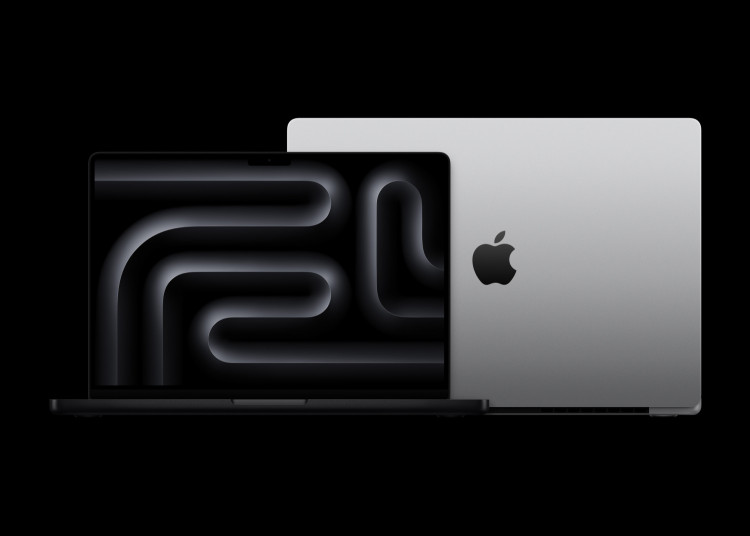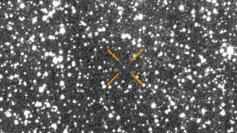Apple may be preparing one of the boldest product reversals in its history - introducing touchscreens to the Mac lineup after years of public resistance. According to respected analyst Ming-Chi Kuo, the company plans to debut its first touchscreen MacBook Pro alongside the M6 chip generation in 2026, marking what could become the most significant redesign of Apple's flagship laptop in years.
In a report cited by multiple outlets including Bloomberg's Mark Gurman, Kuo stated that the upcoming M6 MacBook Pro will "incorporate a touch panel using on-cell touch technology." The claim represents a dramatic shift from Apple's long-standing philosophy that vertical touch displays cause fatigue, sometimes referred to internally as the "gorilla arm" problem. For over a decade, Apple executives had maintained that touch belonged to iPads, not Macs.
Kuo's research note further suggests that Apple's reversal stems from "long-term observation of iPad user behavior, indicating that in certain scenarios, touch controls can enhance both productivity and the overall user experience." The decision appears to align with recent software updates-iPadOS 26 and macOS 26-whose design similarities hint at deeper integration between Apple's tablet and laptop ecosystems.
Sources say the M6 MacBook Pro will feature a reinforced hinge to stabilize the screen during touch interactions, addressing a common issue in other touchscreen laptops where displays wobble during use. The device is also expected to introduce an OLED panel, replacing the current mini-LED display. OLED technology promises superior contrast, richer colors, and improved energy efficiency, allowing Apple to design a "thinner and lighter" chassis.
Kuo noted that Apple will rely on "on-cell" technology rather than the "in-cell" method used in iPhones and iPads. The distinction lies in layering: on-cell adds a touch-sensitive layer atop the display, which can make the screen slightly thicker but easier to manufacture at larger sizes. The choice suggests Apple's focus on durability and precision responsiveness for professional workloads.
Meanwhile, Kuo distinguished this high-end model from a separate "affordable MacBook model powered by an iPhone processor," expected to enter mass production by late 2025. That budget device "is not expected to have a touchscreen," reinforcing that Apple intends to keep touch capabilities as a premium feature reserved for flagship hardware.
Rumors also indicate Apple will eliminate the MacBook Pro's display notch, replacing it with a hole-punch front camera similar to the iPhone's. The change may pave the way for a Mac version of the Dynamic Island, Apple's interactive notification bar introduced in recent iPhones.






